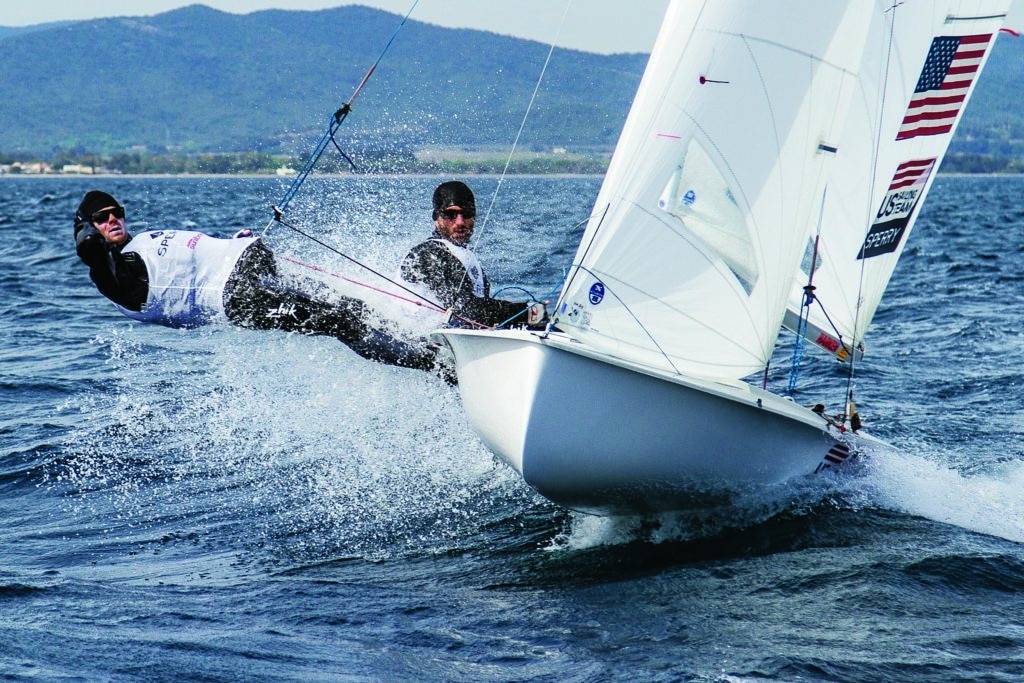
It’s a Trap!
Good trapeze technique starts with good habits. It’s all about balance and control.

Good trapeze technique starts with good habits. It’s all about balance and control.
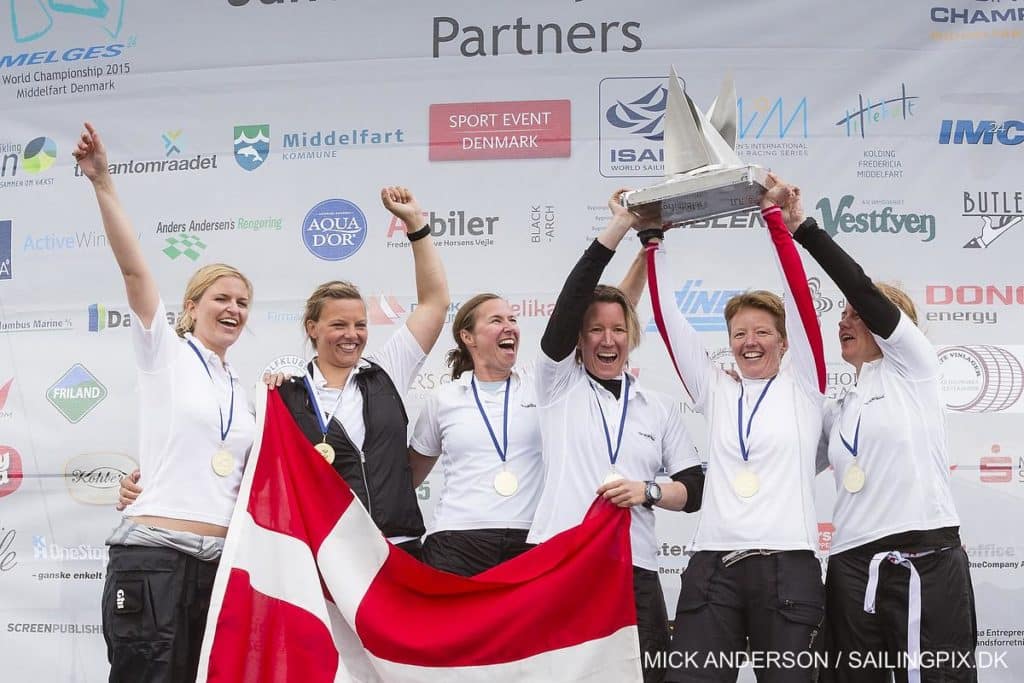
Here’s what the pros do, why they beat you, and how you can get there.
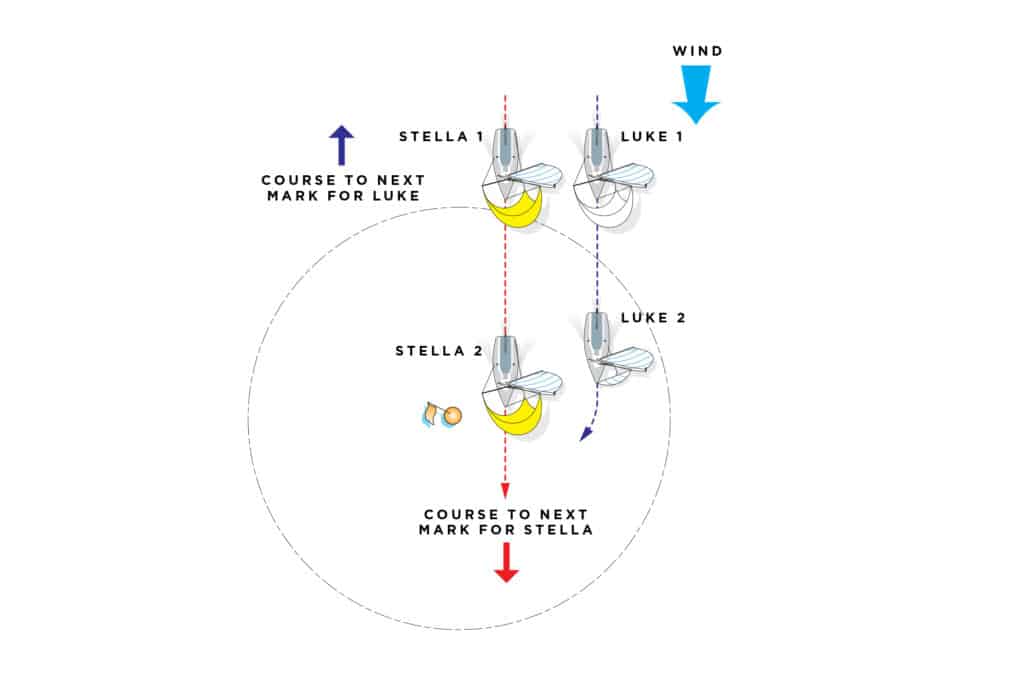
Race committees can and do make mistakes, making it difficult to apply the rules correctly.
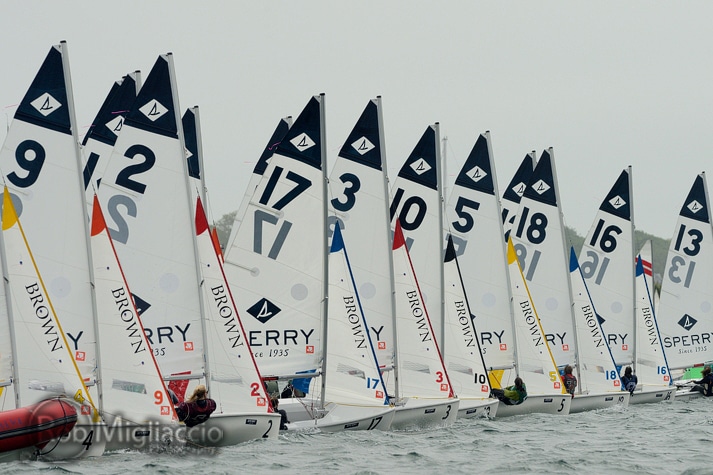
Hobart/William Smith coach Scott Ikle explains how to make big gains after starting out deep.
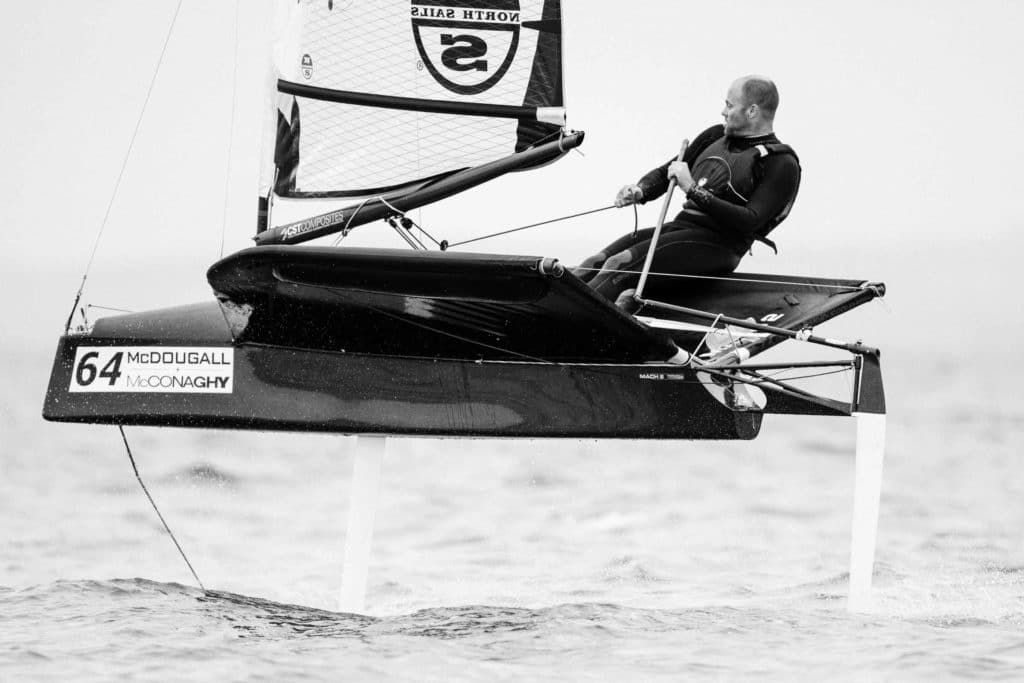
Andy Horton tries his hand at Moth sailing and re-learns some important lessons.
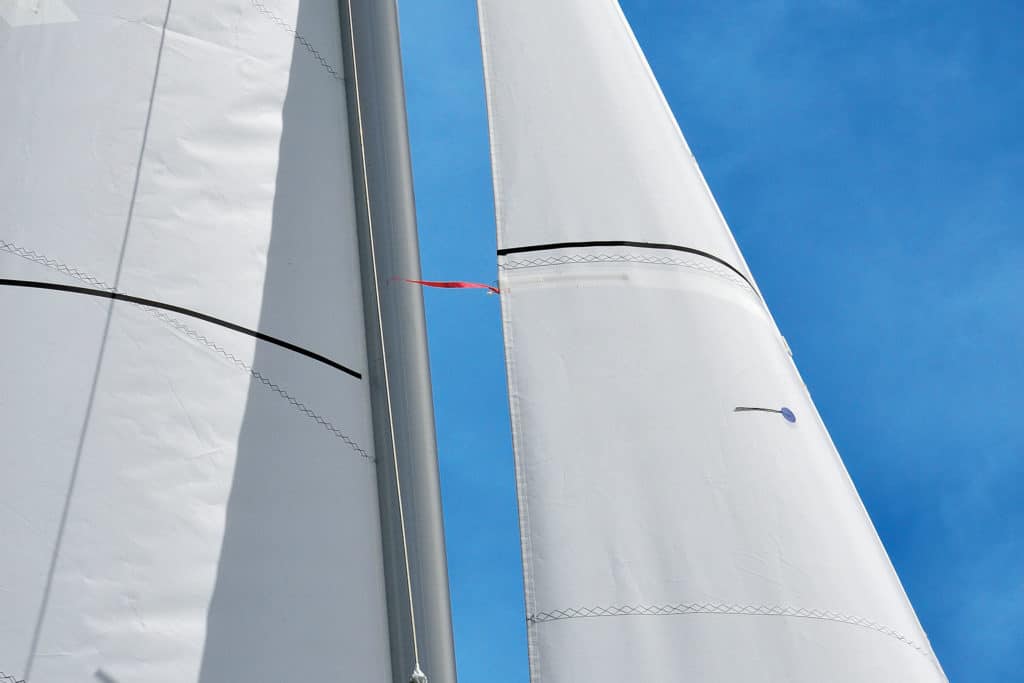
There are a lot of controls on most raceboats, and while the temptation may be to use them all, all the time, consider a simpler way to adjust the big picture .
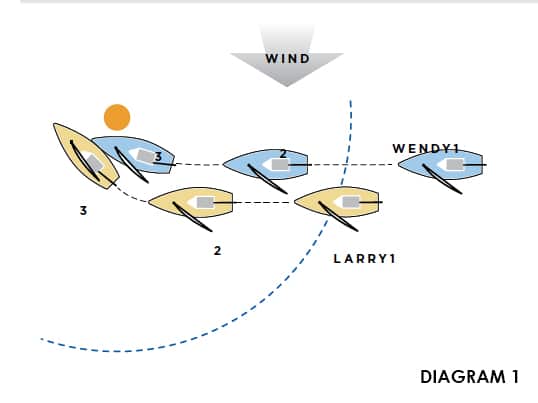
Rule 14, avoiding contact, is a rule that always applies, anywhere on the racecourse.
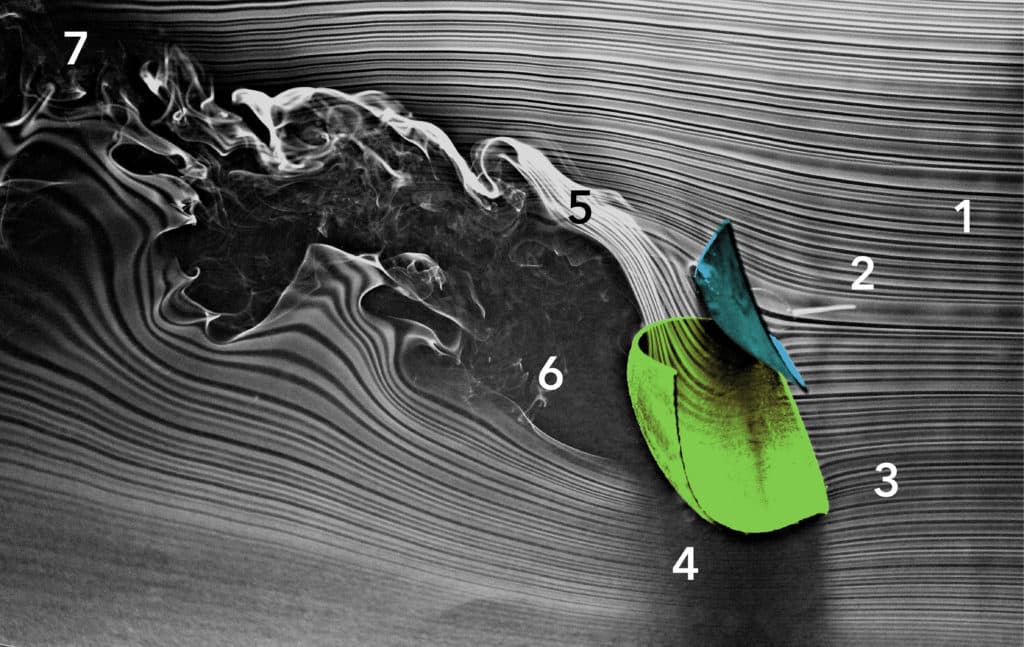
Symmetric spinnakers are often the most dynamic and challenging sail to trim perfectly. By understanding how they behave at different wind angles, however, you can better unlock its potential.
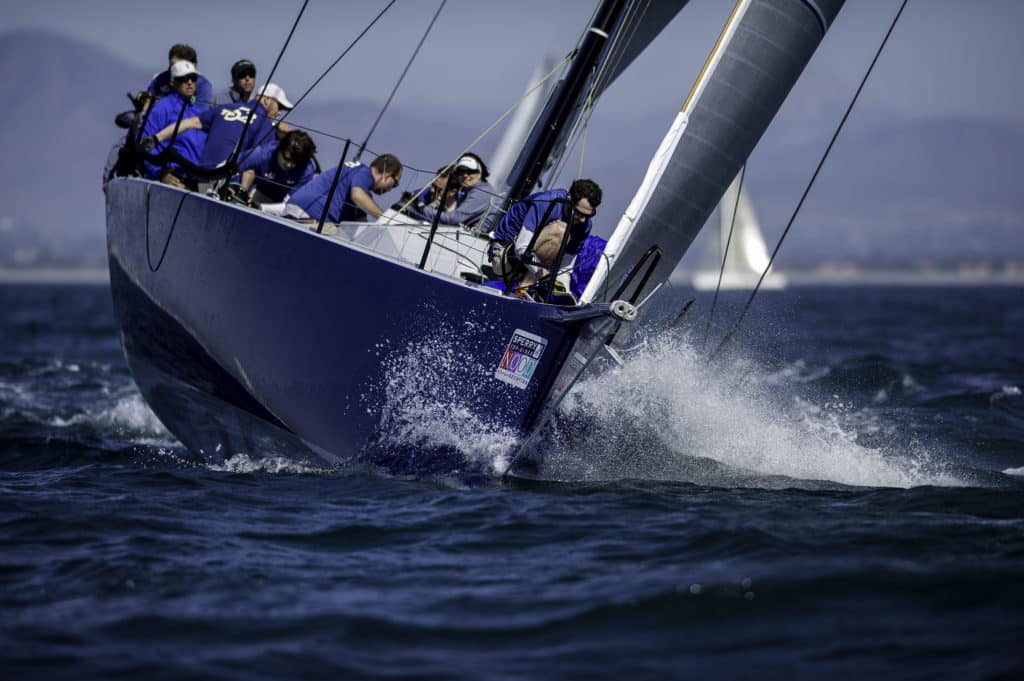
Every top program benefits by having a crewmember dedicated to the team’s success.
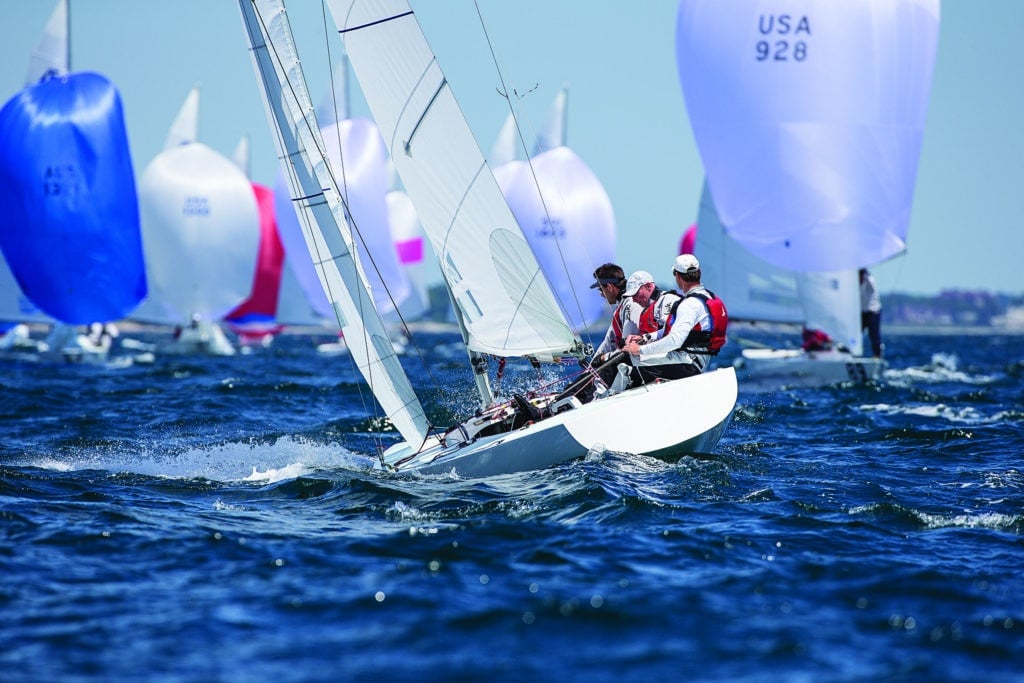
The second lap of a windward-leeward racecourse is just as important as the first. Look for more opportunities for clear passing lanes.

Getting your A-Sail to really work for you requires constant adjustments with sailing angle and trim.

For tacking in the zone, understanding proper course, and handling incidents involving damage, three ISAF cases provide sound guidance.

Good trapeze technique starts with good habits. It’s all about balance and control.

Here’s what the pros do, why they beat you, and how you can get there.

Race committees can and do make mistakes, making it difficult to apply the rules correctly.

Hobart/William Smith coach Scott Ikle explains how to make big gains after starting out deep.

Andy Horton tries his hand at Moth sailing and re-learns some important lessons.

There are a lot of controls on most raceboats, and while the temptation may be to use them all, all the time, consider a simpler way to adjust the big picture .

Rule 14, avoiding contact, is a rule that always applies, anywhere on the racecourse.

Symmetric spinnakers are often the most dynamic and challenging sail to trim perfectly. By understanding how they behave at different wind angles, however, you can better unlock its potential.

Every top program benefits by having a crewmember dedicated to the team’s success.

The second lap of a windward-leeward racecourse is just as important as the first. Look for more opportunities for clear passing lanes.

Getting your A-Sail to really work for you requires constant adjustments with sailing angle and trim.

For tacking in the zone, understanding proper course, and handling incidents involving damage, three ISAF cases provide sound guidance.
Sign up for Sailing World emails to receive features on travel destinations, event listings and product reviews as well as special offers on behalf of Sailing World’s partners.
By signing up you agree to receive communications from Sailing World and select partners in accordance with our Privacy Policy. You may opt out of email messages/withdraw consent at any time.